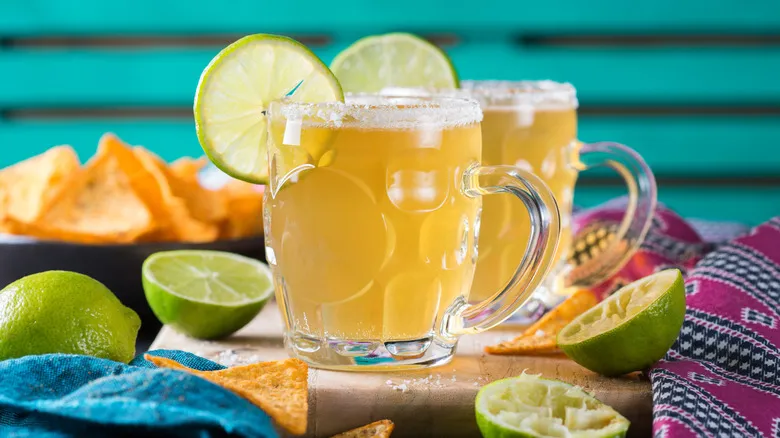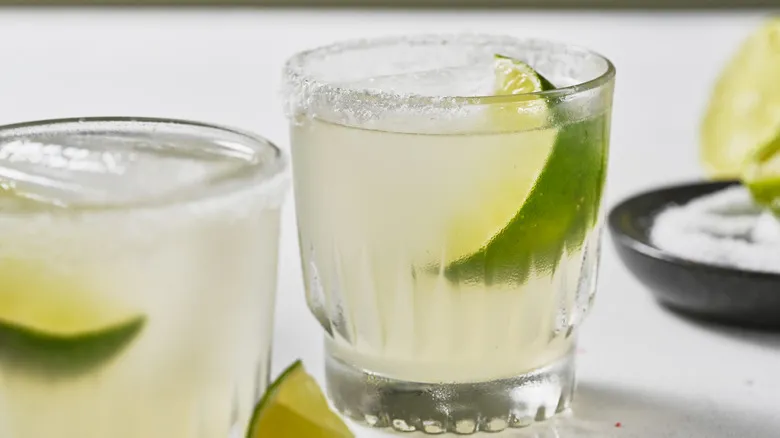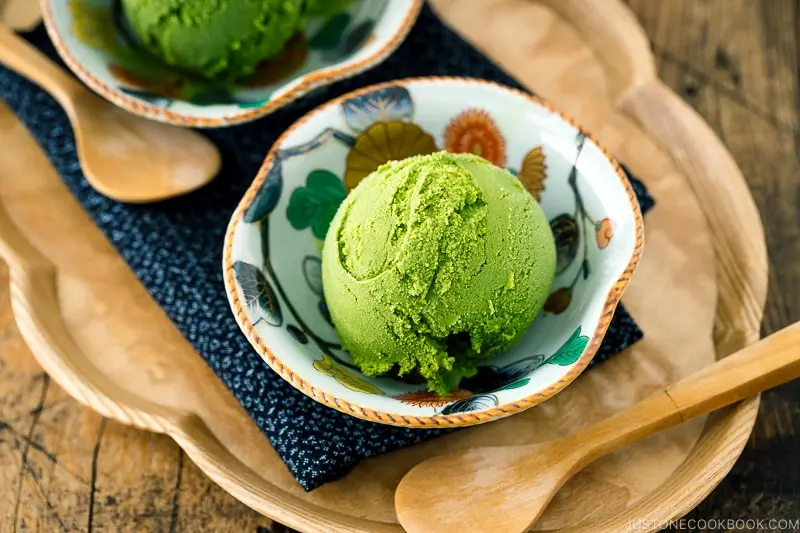The practice of salting beer actually goes back to the Prohibition Era
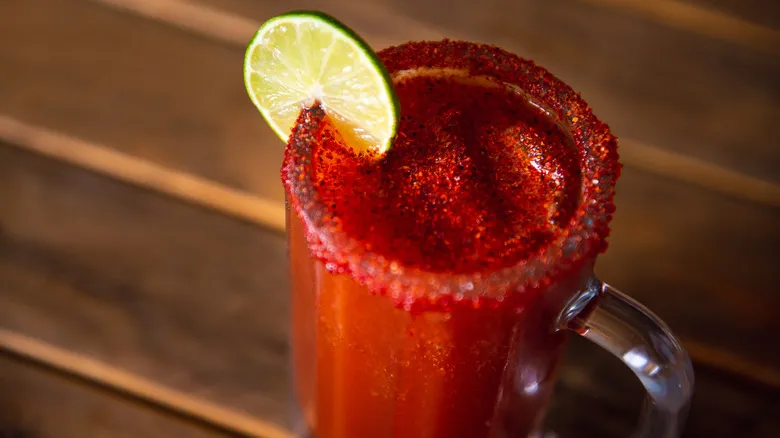
While packaged beer salt is a relatively recent innovation, the tradition of sprinkling a bit of salt to reduce beer's bitterness or enhance its flavor actually traces back to the Prohibition era. In the early 20th century, when genuine beer was banned in the U.S., the only legally available brew was a very low-alcohol fermented malt beverage known as near beer. To make this less palatable drink more enjoyable, people began adding savory ingredients like salt or even spicy ones like horseradish.
At the same time, the famous michelada beer cocktail was being created in Mexico. The original version, called a chelada, consisted of beer served over ice with lime juice and a salted rim. Over time, ingredients like hot sauces (such as chamoy, a spicy-sweet condiment made from pickled fruit), Worcestershire sauce, and tomato juice were incorporated. By the time Twang entered the scene, the idea of enhancing beer with various seasonings was already established, but it has since contributed to the widespread use and availability of beer salt.
Flavor pairings to try with beer salt
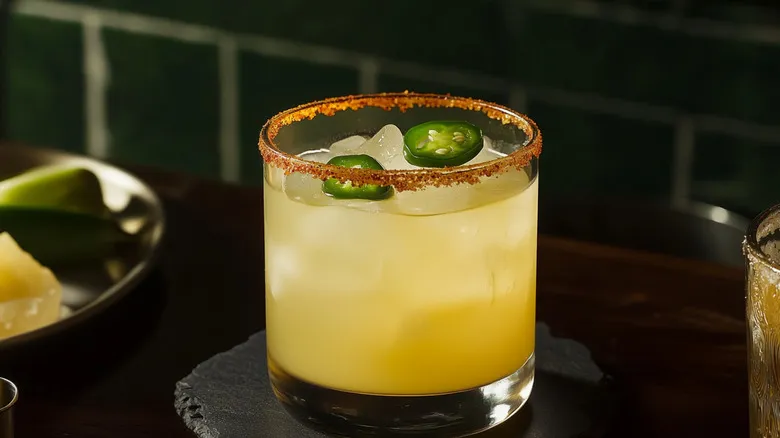
Despite its name suggesting a narrow focus, beer salt is actually a remarkably adaptable seasoning. It enhances the rich flavors of domestic lagers and the intricate profiles of imported beers alike. You can either sprinkle it atop a frothy ale and allow it to meld with the beverage or rim your glass for a bold burst of flavor with each sip—each beer style has a specific salt that complements it perfectly. Classic sea salt is ideal for lagers, while wheat beers are best paired with a citrus-infused salt. For IPAs, opt for something with a spicy kick, and for stouts, a smoky salt works wonders.
Even if you're not a beer enthusiast, this salt remains useful as it complements hard seltzers, mixed drinks, and even canned cocktails. Black beer salt, with its smoky and herbal notes, can add striking color to cocktails and pairs beautifully with a smoky mezcal margarita. A lime-infused, fruity salt is perfect for a bloody mary or vodka soda, while a more floral, herby salt enhances a gin and tonic. A dash of salt can also elevate a glass of red wine. No matter what you choose to pair it with, beer salt is certainly worth exploring.
Recommended
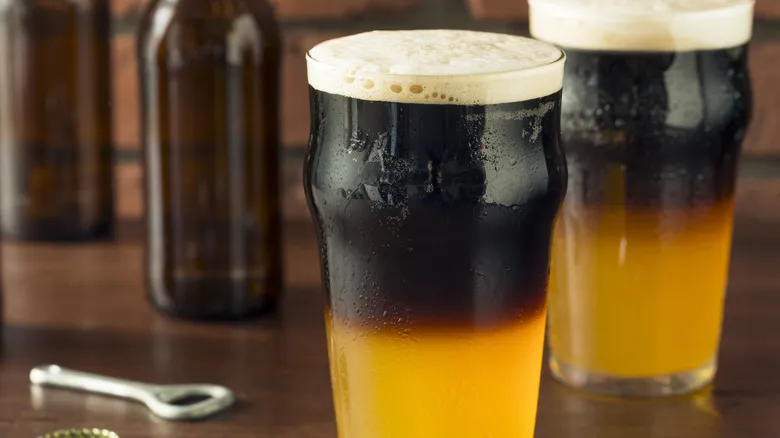
Why One Of The Best Mixers For Beer Is Simply Another Beer
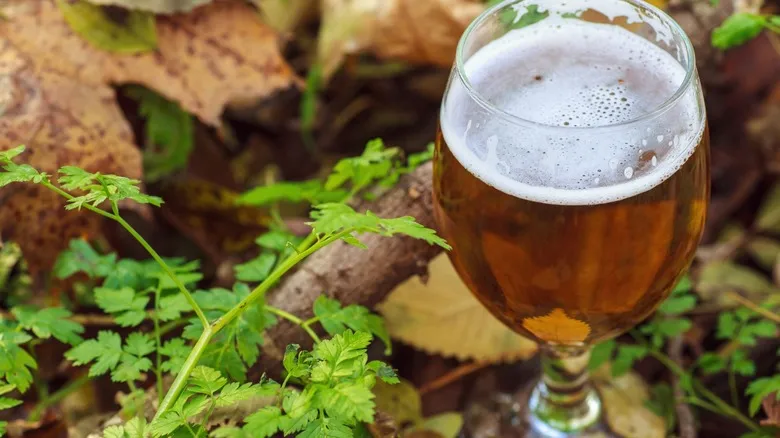
What Is The Role Of Beechwood In Making Beer?

Sometimes It's Actually Okay To Drink Beer On The Rocks

How To Tell If A Beer Bar Is Worth Your Time
Next up

